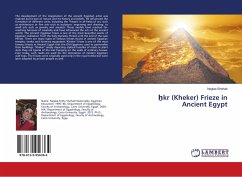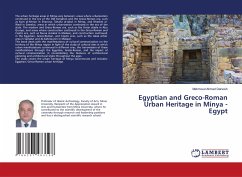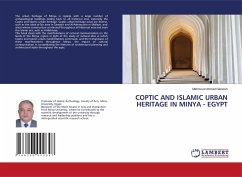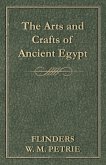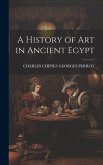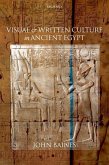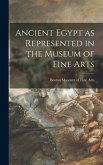The development of the imagination of the ancient Egyptian artist was inspired by his love of nature and his history and beliefs. He influenced the formation of different units, including the "friezes" in all fields of art, such as architecture or fine arts such as sculpture, engraving and drawing, or small arts such as jewelry and amulets. These models have reached far-reaching horizons of creativity and have influenced the arts of the ancient world. The Ancient Egyptian frieze is one of the most beautiful works of Egyptian civilization from the Early Dynastic Period until the end of the Late Period. There are many types of famous friezes found in ancient Egyptian temples, tombs and funerary equipment."Kheker" frieze is one of the most famous friezes in Ancient Egypt that the Old Egyptians used to personalize their buildings. "Kheker" simply depicting stylized bundles of reeds or plant stem they are typical of the mat hanging on the walls of ordinary houses. Even today, such reeds are used for the decoration of modern Egyptian wall tops. The friezes were originally used only in the royal tombs but were later adopted by private people as well.
Bitte wählen Sie Ihr Anliegen aus.
Rechnungen
Retourenschein anfordern
Bestellstatus
Storno

